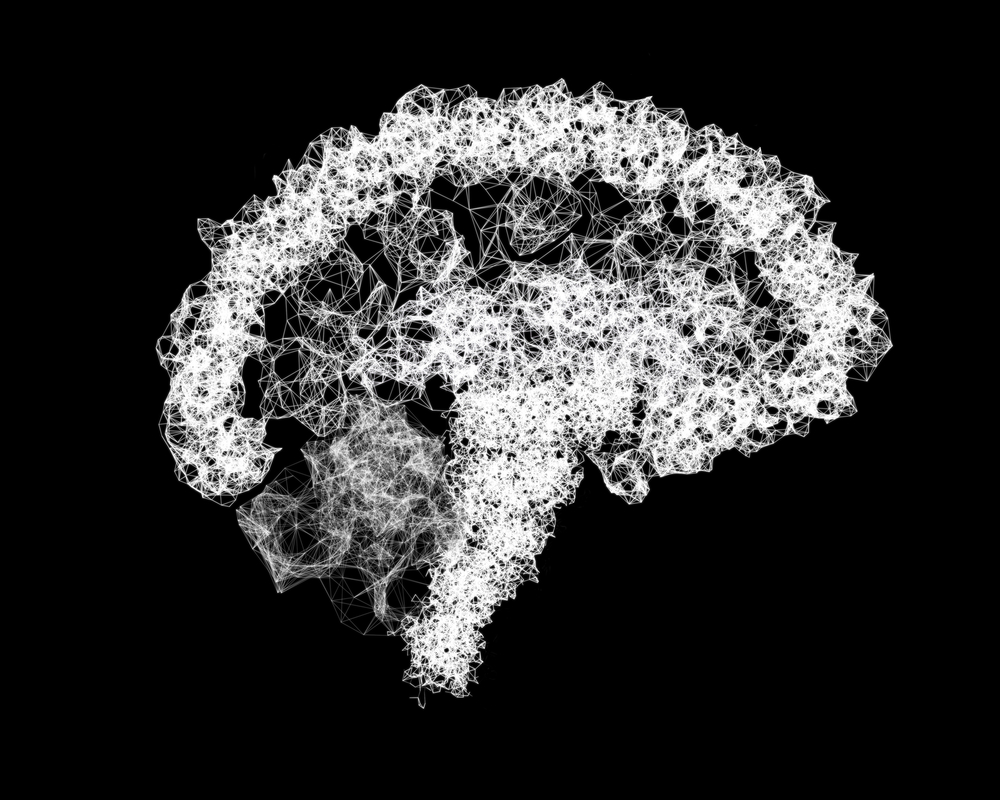Your Teenager’s Brain Isn’t Deficient
4:06 minutes

Not long ago, the most popular explanation for any dangerous teenage behavior was raging hormones. Today, the prevailing theory is that the teenage prefrontal cortex isn’t fully developed.
[Why you should be patient with your indecisive teen.]
But a new study from the University of Pennsylvania Annenberg Public Policy Center suggests it’s actually something else altogether — curiosity about the world and a desire to explore. Science Friday producer Katie Hiler discusses the new research.
IRA FLATOW: And now it’s time to play Good Thing, Bad Thing.
[MUSIC PLAYING]
Because every side has a flip side. Every story does. Not long ago, the most popular explanation for any dangerous teenage behavior was what? Remember? Raging hormones. Fast-forward a few years and the explanation changed– the teenage brain is actually biologically different. Teens’ prefrontal cortex is less developed than in adults. Remember that one? Yeah, well that’s kind of current.
But a new study from the University of Pennsylvania suggests your teen’s bad decisions are driven by something else entirely. And here to give us the good and the bad when it comes to the teenage brain is my guest, one of our very own producers, Katie Hiler. Welcome to Science Friday. Welcome. Your first time on the air.
KATIE HILER: Yes. Hi, Ira.
IRA FLATOW: So the current theory is the teenage brain is still developing, and that’s why they make bad decisions.
KATIE HILER: Right. So the research out there right now on teenage brains suggests that the prefrontal cortex, the decision-making center, is still developing up until age 25 or so. It’s sort of the last part of the brain to fully develop. So that creates an imbalance between the decision-making center and the regions that are in charge of motivation and reward that have, kind of, already matured. And researchers have used this to explain why teens have poor impulse control or why they take risks that adults probably wouldn’t. You know, the reward center is kind of motivating the teen, and then the prefrontal cortex just isn’t prepared to, kind of, put the brakes on that.
IRA FLATOW: Hm. But you’re here to tell us that this might not be true now.
KATIE HILER: Right. So, Dr. Dan Romer and his colleagues at the University of Pennsylvania, they took a look at the research, and they didn’t really see sufficient evidence for this association in the literature. They say, yes, the brain’s not fully developed in teens. But that’s not the problem behind bad decision making.
He says most teens actually aren’t impulsive. They’re sort of hyper-rational. The risky behavior is a choice teens are making that’s driven by a desire to explore the risk in favor of gaining experience. So it’s not a structural deficit that’s causing this. And that’s a good thing.
IRA FLATOW: So this is just like an experience-gaining– that’s why they’re doing this stuff– just to gain the experience of the– the experience.
KATIE HILER: Right. Exactly.
IRA FLATOW: OK. It’s a great new hypothesis. What’s the science? What’s the data? How do we know it’s really, you know– that this need for experience that’s driving these choices.
KATIE HILER: Right. So, for one thing, Dr. Romer points out that if it’s biology, then more teens would probably have this problem. But if you look at the population, really, only a handful of teens are making the impulsive decision to drink and drive, let’s say, or have unprotected sex. That really should be a higher prevalence if it’s based in this biology.
And if there were an imbalance that was the issue, then you’d also expect these teens to be worse at controlling their urges than kids. And that’s not actually the case. You know, Ira, that classic marshmallow experiment with kids where you give the kid one marshmallow right now or they can wait and have two later?
IRA FLATOW: Right, right.
KATIE HILER: Now kids are really bad at that. But in, sort of, the teenage version, which is– you can have $2 now or there’s a 50/50 chance you can get $4 later or nothing. Teens are better at weighing the choices in that case. So in studies when the probability of an outcome is clearly laid out for the teen– you know, a chance of a reward or risk of a punishment– they’re able to use the information to make a successful decision.
IRA FLATOW: So what’s the bad news? Any bad news in this thing?
KATIE HILER: Well, the bad news is just that teens are still going to be risky, even if it’s not because of this prefrontal cortex being underdeveloped. They’re still going to make risky decisions. And that’s especially the case when teens don’t have that information that I was just mentioning available to them. When they’re making a decision under ambiguous circumstances, they’re going to be more risky than adults because they’re going to want that experience.
IRA FLATOW: Teens are going to be teens. That’s the bottom– [LAUGHS]
KATIE HILER: Mm-hmm. That’s true.
IRA FLATOW: Thank you Katie. Katie Hiler, Science Friday’s assistant producer.
Copyright © 2017 Science Friday Initiative. All rights reserved. Science Friday transcripts are produced on a tight deadline by 3Play Media. Fidelity to the original aired/published audio or video file might vary, and text might be updated or amended in the future. For the authoritative record of Science Friday’s programming, please visit the original aired/published recording. For terms of use and more information, visit our policies pages at http://www.sciencefriday.com/about/policies/
Katie Feather is a former SciFri producer and the proud mother of two cats, Charleigh and Sadie.